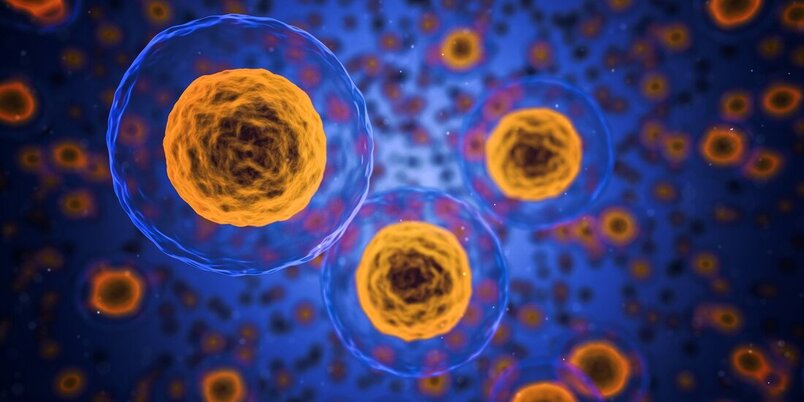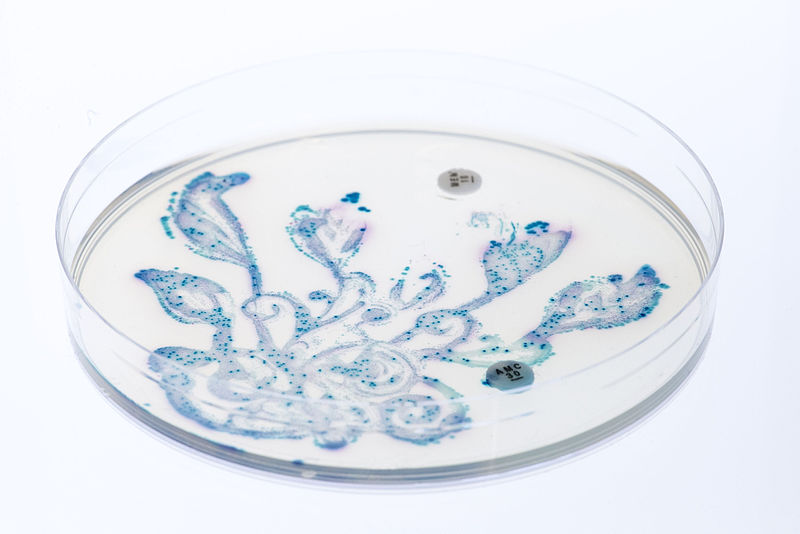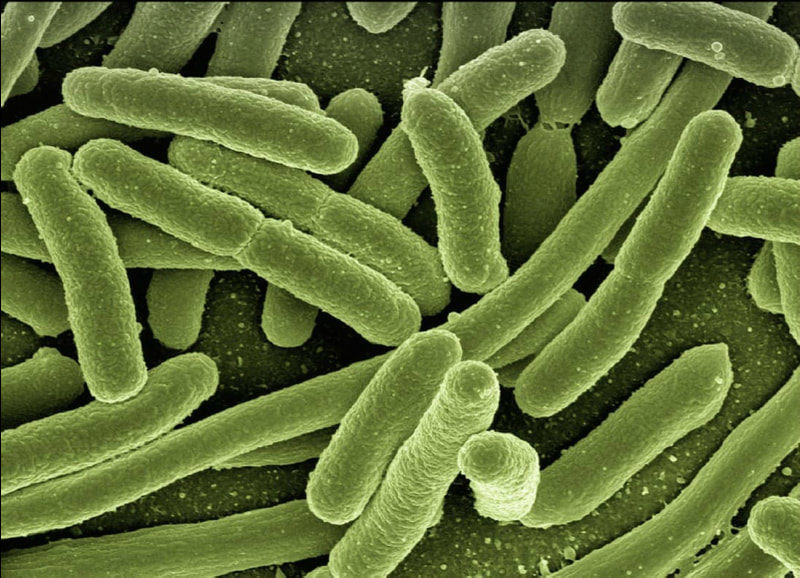The New Frontier: Early Development of Living Robots
We are constantly surrounded by a human-built environment complete with skyscrapers, highways, computers, and more. Whether it be laying bricks, arranging gears, or programming circuits, humanity has fine-tuned its ability to shape the natural world. Recently, researchers from the University of Vermont investigated whether they could extend humanity’s reach by using embryonic stem cells to generate living machines. Their study aimed to design living organisms that would mimic certain cell behaviors: movement, object manipulation, storage, and communal interaction.
To start, the researchers used an evolutionary computer algorithm to virtually design biomaterials composed of locomotive cardiomyocytes, which undergo coordinated movement, and structural epidermal cells from frogs. The algorithm then judged locomotive ability by measuring simulated displacement within a specific period of time. Object manipulation was measured by assessing which of these designs were best capable of consolidating tiny particles; later experiments designating specific areas to be cleared of debris. Storage ability was achieved by designing a donut hole-like pocket within the cell to hold and transport objects. Finally, collective behavior was developed to understand how a mix of different biomaterials could produce unique behaviors upon interaction. Once the best-performing designs were improved by a simulator for natural selection, they were physically constructed using progenitor cells from the Xenopus frog, a genus commonly used in research, and allowed to grow in Petri dishes. The final product was a variety of new cell-based machines—fully living 3D life forms that were able to interact within their aqueous environments without requiring any supplemental nutrients for survival.
To start, the researchers used an evolutionary computer algorithm to virtually design biomaterials composed of locomotive cardiomyocytes, which undergo coordinated movement, and structural epidermal cells from frogs. The algorithm then judged locomotive ability by measuring simulated displacement within a specific period of time. Object manipulation was measured by assessing which of these designs were best capable of consolidating tiny particles; later experiments designating specific areas to be cleared of debris. Storage ability was achieved by designing a donut hole-like pocket within the cell to hold and transport objects. Finally, collective behavior was developed to understand how a mix of different biomaterials could produce unique behaviors upon interaction. Once the best-performing designs were improved by a simulator for natural selection, they were physically constructed using progenitor cells from the Xenopus frog, a genus commonly used in research, and allowed to grow in Petri dishes. The final product was a variety of new cell-based machines—fully living 3D life forms that were able to interact within their aqueous environments without requiring any supplemental nutrients for survival.
Image Source: Kevin Ku
Live biological behaviors were then compared to their computer-predicted actions, with undesired outcomes being reanalyzed by the algorithm in order to limit future mistakes in the virtual design phase. The study found that the organisms created in these experiments were capable of behaving as designed, despite not having a functional nervous system. The researchers also noted that these constructed organisms remained stable through natural self-repair mechanisms.
These findings have exciting implications for a future where tiny cells serve as new biomechanical drug delivery vehicles or environmental cleaning agents. Given their biological nature, they would be entirely nontoxic and potentially integrate better into the human body; their limited lifespan would prevent unintended side effects. Even so, it is important to remember that this technology is extremely new. It is difficult to conclude when these engineered organisms will reach a point where they are viable in human and artificial environments. In the meantime, researchers have released their code to allow further collaborative work. One thing remains certain: scientists continue to search for new and improved ways of co-opting the world around us.
These findings have exciting implications for a future where tiny cells serve as new biomechanical drug delivery vehicles or environmental cleaning agents. Given their biological nature, they would be entirely nontoxic and potentially integrate better into the human body; their limited lifespan would prevent unintended side effects. Even so, it is important to remember that this technology is extremely new. It is difficult to conclude when these engineered organisms will reach a point where they are viable in human and artificial environments. In the meantime, researchers have released their code to allow further collaborative work. One thing remains certain: scientists continue to search for new and improved ways of co-opting the world around us.
Featured Image Source: qimono
RELATED ARTICLES
|
Vertical Divider
|
Vertical Divider
|
Vertical Divider
|






